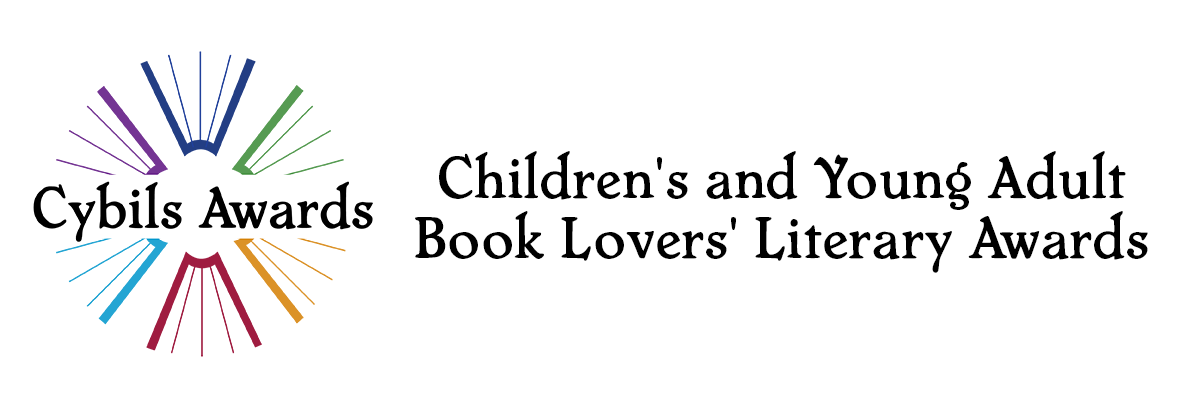What can I say as a third-year chair
that I didn’t say last year or the year before? But then again one of the secrets of creating
a bookworm is repetition. We'll read books that are built around sight words to
meatier, lightly illustrated chapter books. Yes, we have a very broad
audience. Our readers …
- Like hearing stories over and over again. We want to
recommend stories they can to read over and over.
- Love illustrations. We need to find imagery that helps
them decode, linger, and turn to the next page.
- Don't like long and boring. We know they count the
number of pages in a chapter. [Think less than 10.]
An Easy reader sets
itself apart from a picture book with “easy words” in three ways.
1. It has some form of the word
“read” on the cover.
2. It is generally sized for the
reader to hold comforably. [Think 6” x 9”-ish.]
3. It has more pages than a picture
book: 48 to 64 pages.
Early chapter books can be
trickier. This audience is just shy of middle grade, but they want the same
kinds of meaty stories that pre-teens like. Here are three helpful hints.
1. The page count ranges from 48
to 100 pages.
2. Black and white interior
illustrations help round out the story, which is often dialogue-heavy.
3. The main characters’ ages
usually match the readers (second to fifth grade).
This year, we are all about fiction.
If you have a nonfiction easy reader or early chapter book you love, be sure to
nominate it in Jennifer Wharton’s Nonfiction Elementary / Middle Grade
category.
